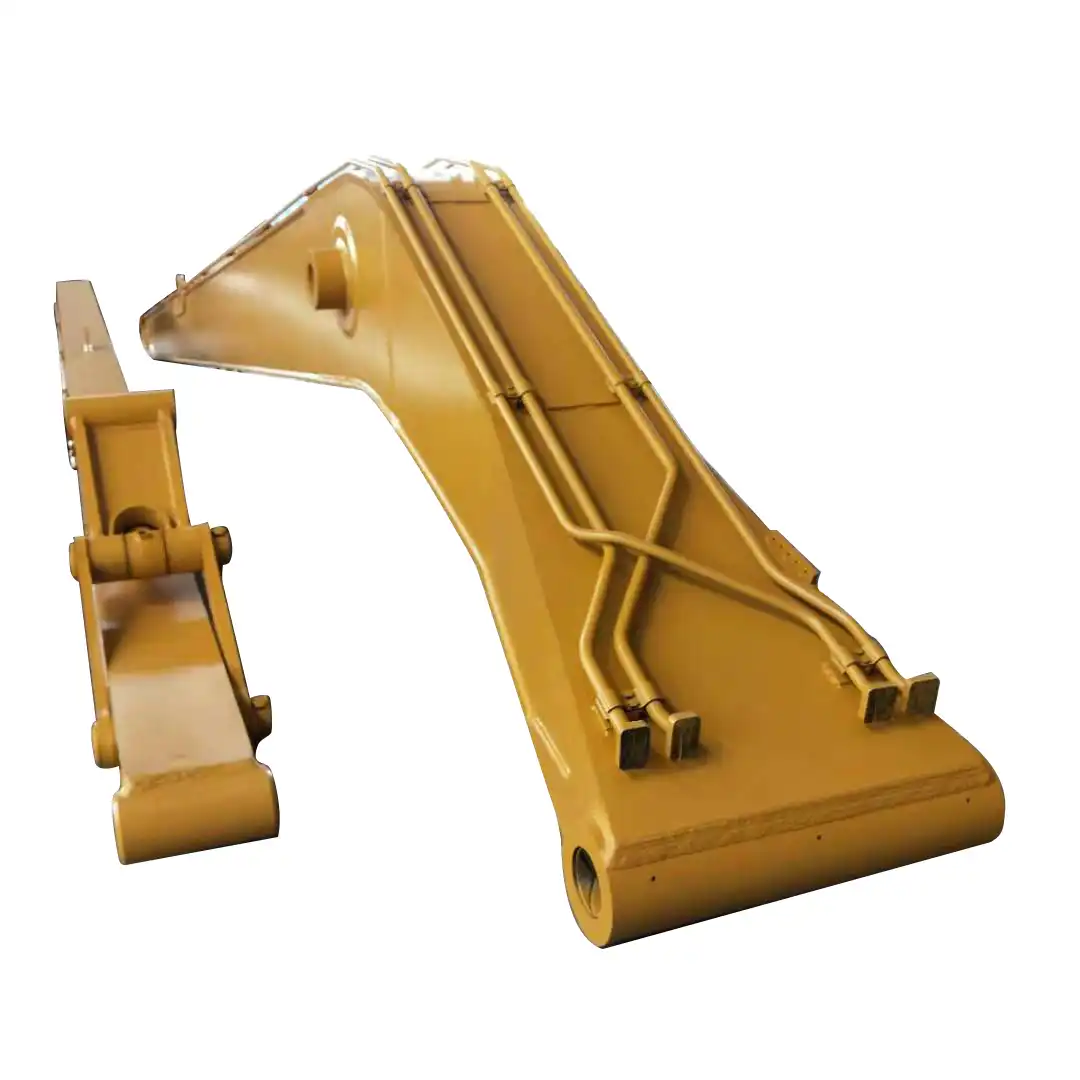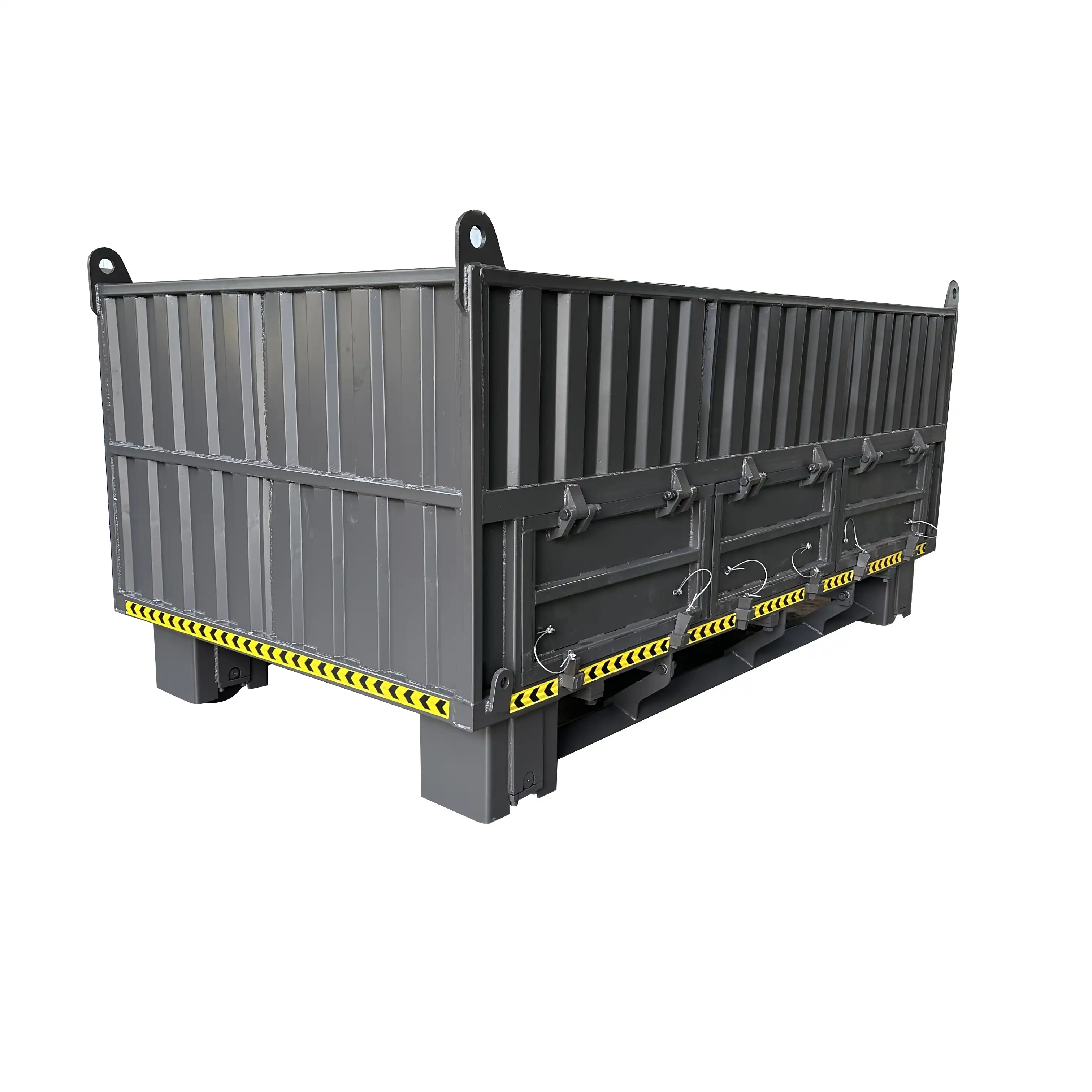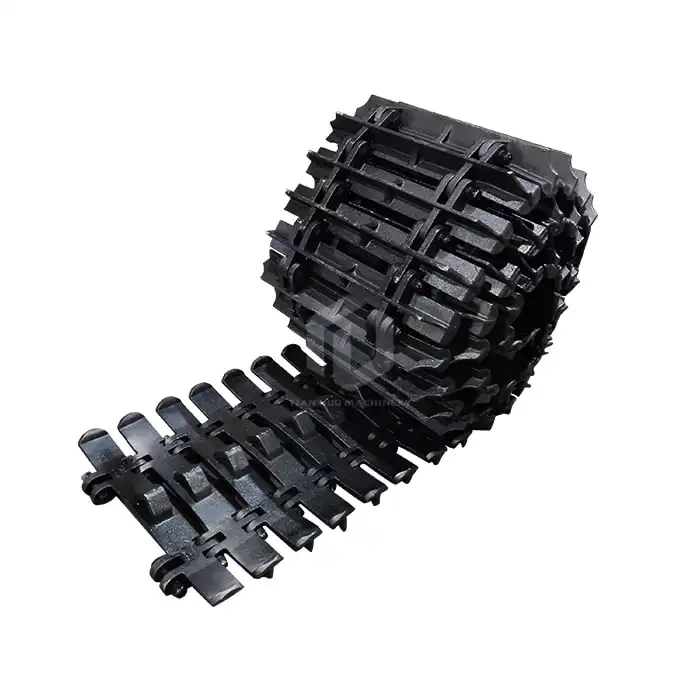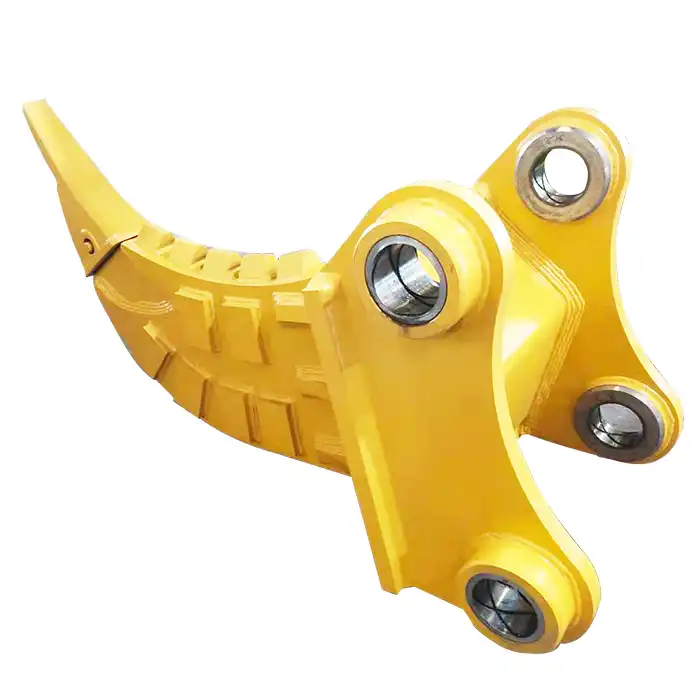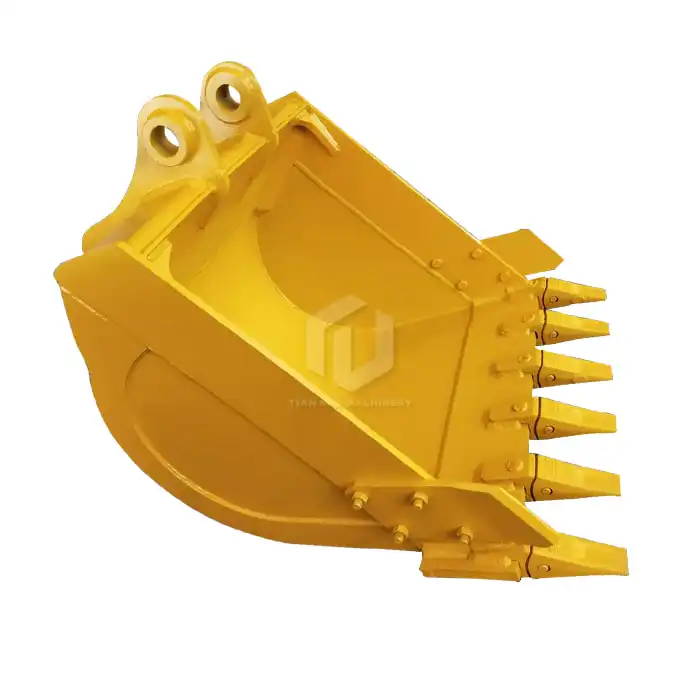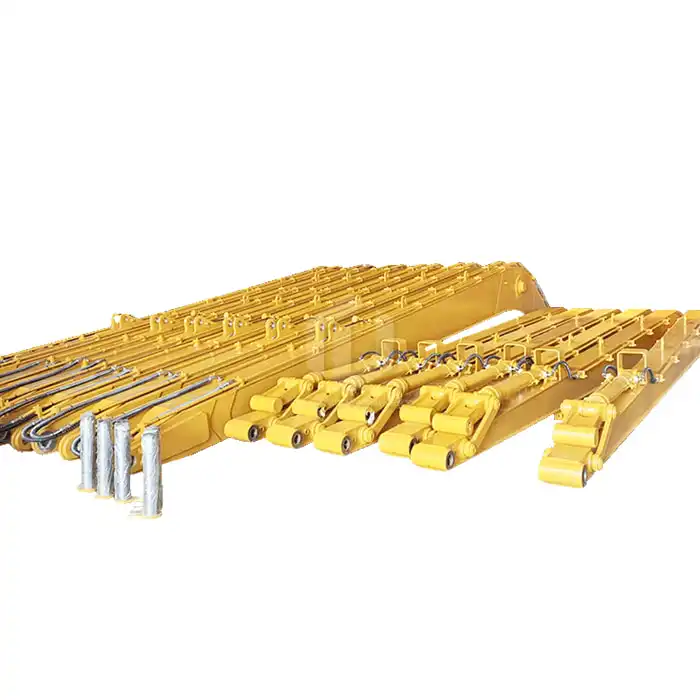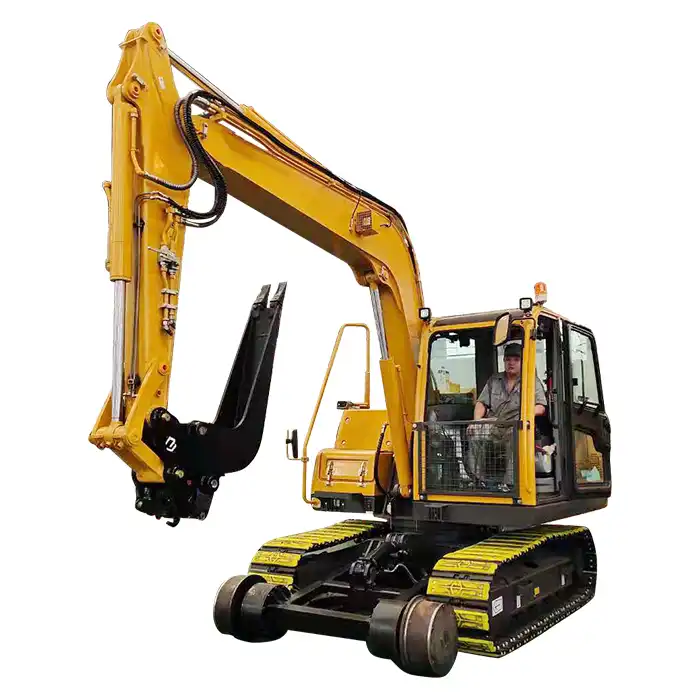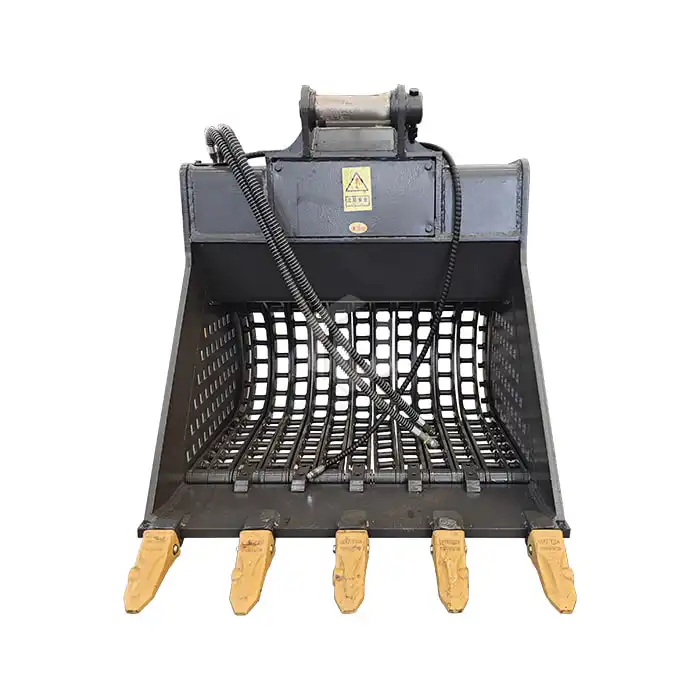What is the role of ballast plow in railway maintenance?
Railway maintenance is a crucial aspect of ensuring safe and efficient train operations. Among the various tools and equipment used in this process, the ballast plow plays a vital role. This specialized piece of machinery is designed to manage and maintain the ballast, which is the crushed stone or gravel that forms the bed of a railway track. But what exactly does a ballast plow do, and why is it so important? Let's dive into the world of railway maintenance and explore its significant role.
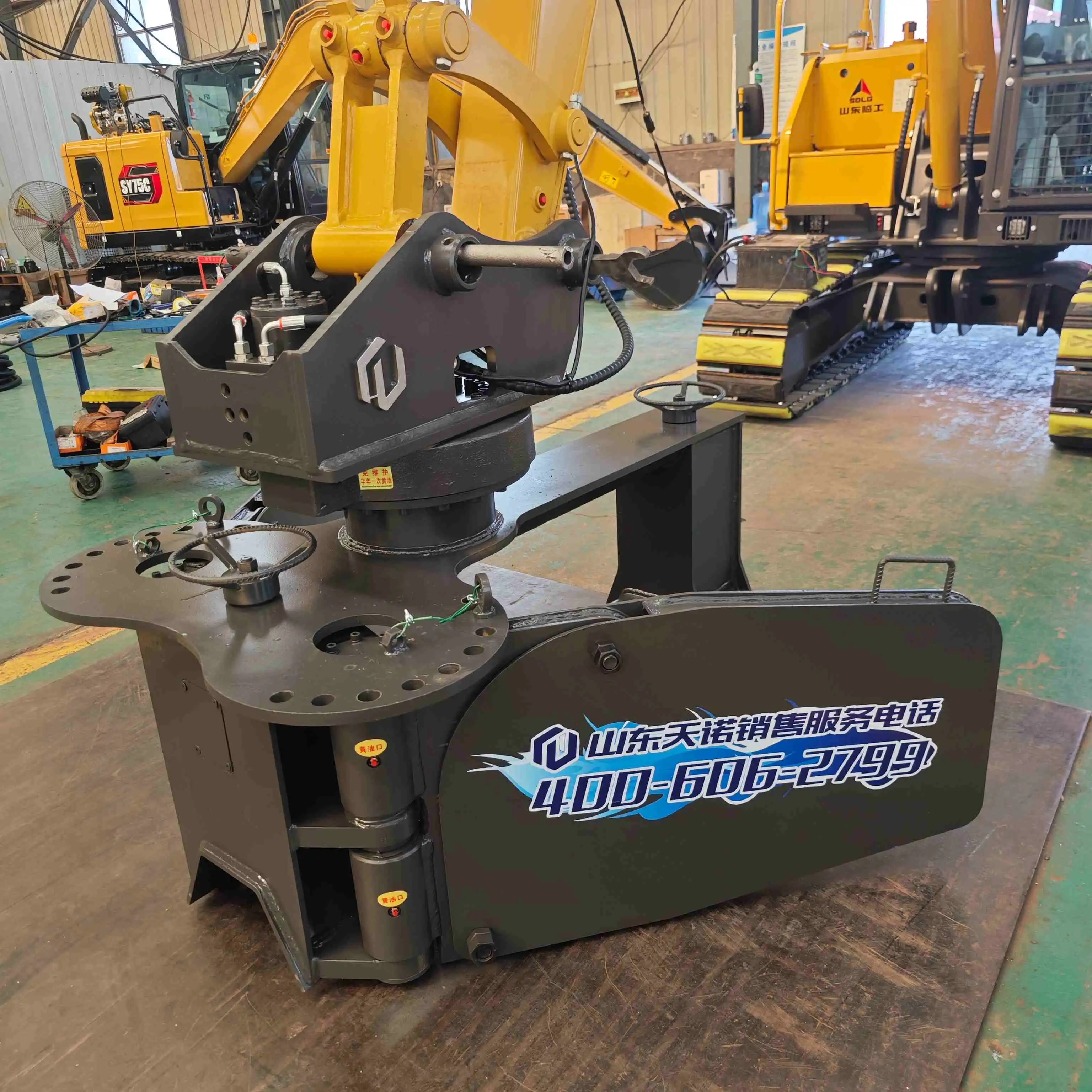
Ensuring Even Ballast Distribution
One of the primary functions of a ballast plow is to ensure an even distribution of ballast along the railway track. Over time, due to the vibrations caused by passing trains and environmental factors, ballast can become unevenly distributed. This uneven distribution can lead to several problems, including poor drainage, reduced track stability, and increased wear on both the tracks and the train wheels.
The ballast plow works by moving along the track, using its specially designed blade to redistribute the ballast. This blade can be adjusted to different angles and heights, allowing for precise control over the ballast distribution. As the plow moves, it pushes excess ballast from areas where it has accumulated and spreads it to areas where it's needed.
This even distribution is crucial for several reasons:
- It ensures proper drainage, preventing water from pooling on the track which can lead to erosion and instability.
- It provides a uniform surface for the tracks, reducing the risk of track misalignment.
- It helps distribute the weight of passing trains evenly, reducing wear and tear on both the tracks and the train components.
By maintaining an even ballast distribution, the ballast plow plays a crucial role in extending the life of the railway infrastructure and ensuring safer, more efficient train operations.
Stabilizing the Track Structure
Another critical function of the ballast plow is to help stabilize the overall track structure. The ballast isn't just there to provide a bed for the tracks; it plays a crucial role in maintaining the integrity and stability of the entire railway system.
As trains pass over the tracks, they exert enormous forces that can cause the track to shift or settle over time. The ballast acts as a shock absorber, distributing these forces and preventing excessive movement. However, for the ballast to perform this function effectively, it needs to be properly packed and distributed.
This is where the ballast plow comes in. By redistributing and leveling the ballast, the plow ensures that it's properly packed around the ties (also known as sleepers) and under the rails. This packing action helps to:
- Increase the lateral resistance of the track, preventing it from shifting sideways under the forces exerted by passing trains.
- Improve the vertical stability of the track, reducing the risk of settlement which can lead to dips or bumps in the track.
- Enhance the overall load-bearing capacity of the track structure, allowing it to better withstand the weight of heavy freight trains.
The stabilizing effect of a well-maintained ballast bed also contributes to a smoother ride for passengers and reduces the risk of derailments, making the ballast plow an essential tool for both safety and comfort in railway operations.
Preventing Track Misalignment
Track misalignment is a serious issue in railway maintenance that can lead to a host of problems, from increased wear and tear on trains to potentially dangerous situations. The ballast plow plays a crucial role in preventing such misalignments by maintaining the correct profile of the ballast bed.
When tracks become misaligned, it's often due to uneven settling of the ballast or shifts in the underlying ground. it helps to address these issues by:
- Maintaining the correct shoulder profile: The ballast shoulder is the area of ballast that extends beyond the end of the ties. The correct profile of this shoulder is crucial for maintaining track alignment. The ballast plow can shape this profile, ensuring it provides the necessary lateral support to the track.
- Filling in low spots: Over time, some areas of the track may settle more than others, creating low spots. it can redistribute ballast to fill in these low areas, maintaining a consistent track level.
- Removing excess ballast: In some cases, excess ballast can accumulate in certain areas, potentially pushing the tracks out of alignment. The ballast plow can remove this excess, maintaining the correct track geometry.
By performing these functions, the ballast plow helps to maintain the correct alignment of the tracks. This is crucial not only for the smooth operation of trains but also for safety. Misaligned tracks can lead to increased wear on train wheels and tracks, reduced fuel efficiency, and in severe cases, can increase the risk of derailments.
Moreover, by maintaining correct track alignment, the ballast plow contributes to passenger comfort. Properly aligned tracks result in a smoother ride, reducing vibrations and sudden movements that can make journeys uncomfortable for passengers.
Its role in preventing track misalignment extends beyond just moving stones around. It's an integral part of a comprehensive track maintenance strategy that includes regular inspection, measurement, and adjustment of the track geometry. By working in conjunction with other maintenance activities, the ballast plow helps to ensure that railway tracks remain in optimal condition, providing safe, efficient, and comfortable transportation for both passengers and freight.
Ballast Plow Supplier
The ballast plow is an indispensable tool in railway maintenance, playing a crucial role in ensuring even ballast distribution, stabilizing the track structure, and preventing track misalignment. Its importance in maintaining safe, efficient, and comfortable railway operations cannot be overstated.
For those in the market for a high-quality ballast plow, Tiannuo Machinery offers an excellent solution. it is designed for machines weighing between 5 tons to 10 tons and is suitable for the standard track gauge of 1435 mm. With a width of 2800 mm, a height of 460 mm, and an inclination angle of 8°, it's engineered for optimal performance in a variety of railway maintenance scenarios.
Tiannuo Machinery's Ballast Plow is typically used in conjunction with sleeper clamps to achieve the best maintenance results. This combination ensures thorough and efficient ballast management, contributing to the longevity and safety of railway infrastructure.
If you're in the process of choosing a ballast plow manufacturer, we invite you to consider Tiannuo Machinery. For more information or to discuss your specific needs, please don't hesitate to contact our team. You can reach our manager at arm@stnd-machinery.com, or our team members at rich@stnd-machinery.com and tn@stnd-machinery.com. We look forward to helping you find the perfect ballast plow solution for your railway maintenance needs.
References:
- Lichtberger, B. (2005). Track Compendium: Formation, Permanent Way, Maintenance, Economics. Eurailpress.
- Selig, E. T., & Waters, J. M. (1994). Track Geotechnology and Substructure Management. Thomas Telford.
- Esveld, C. (2001). Modern Railway Track. MRT-Productions.

